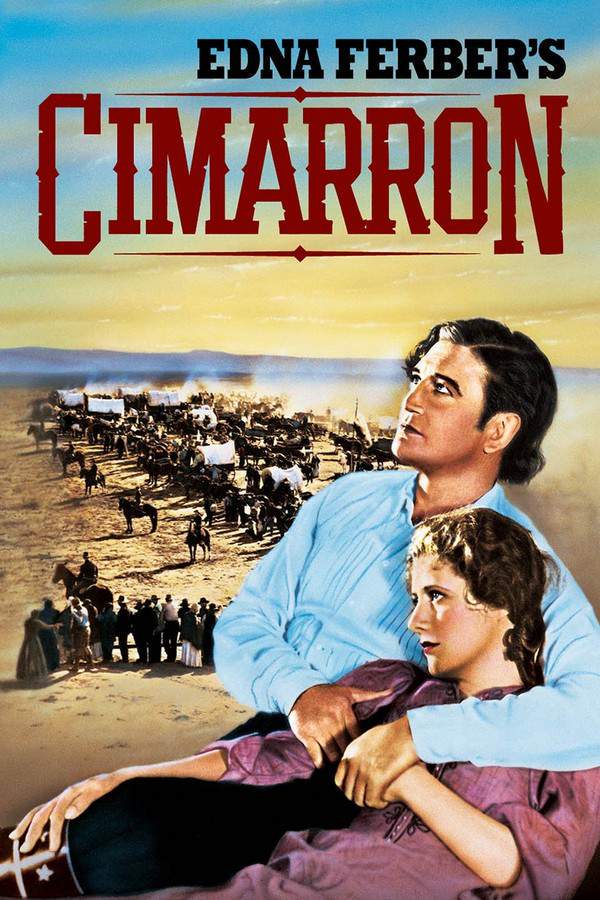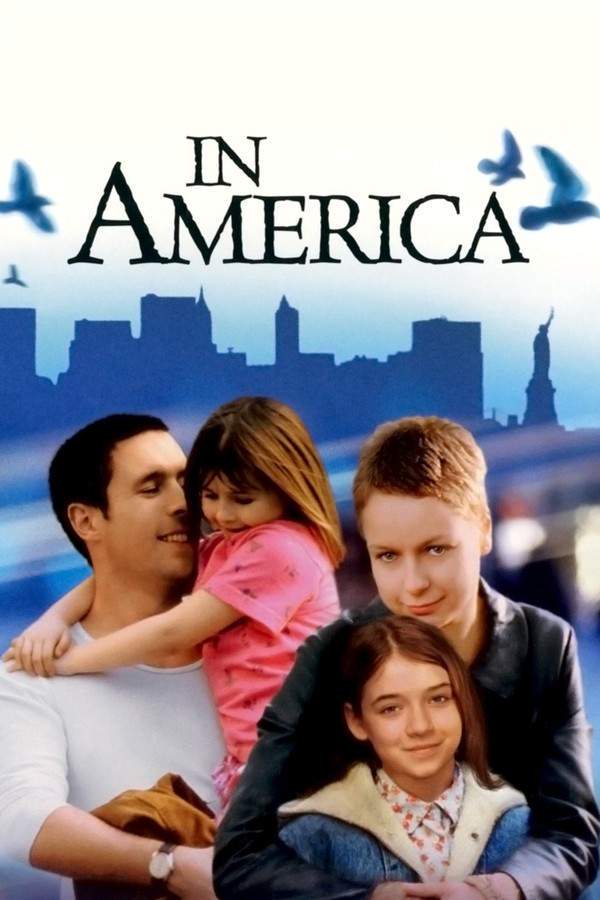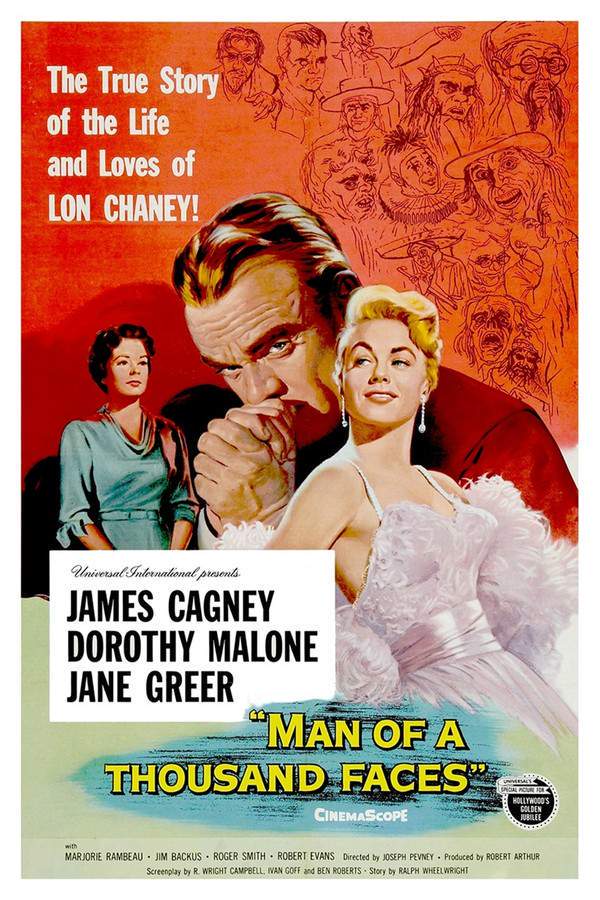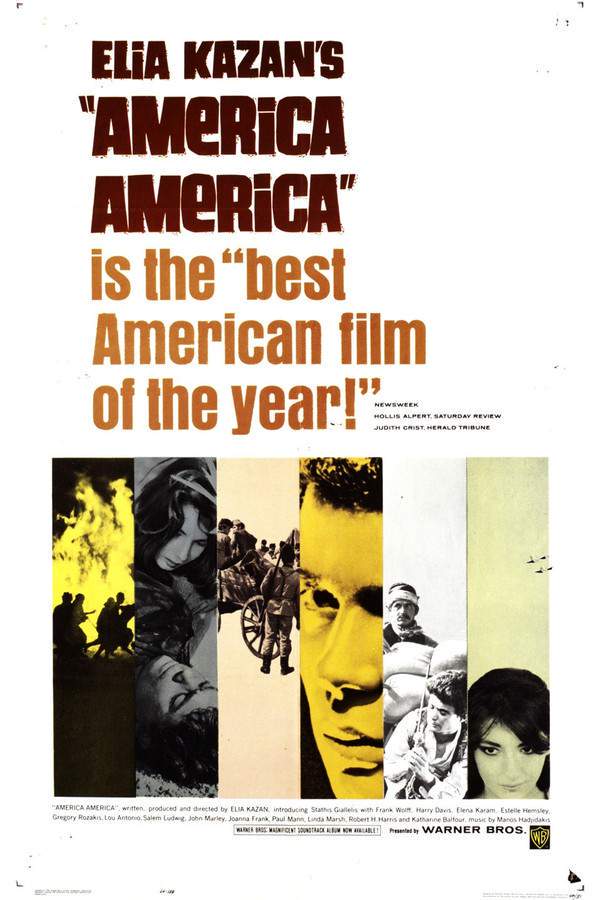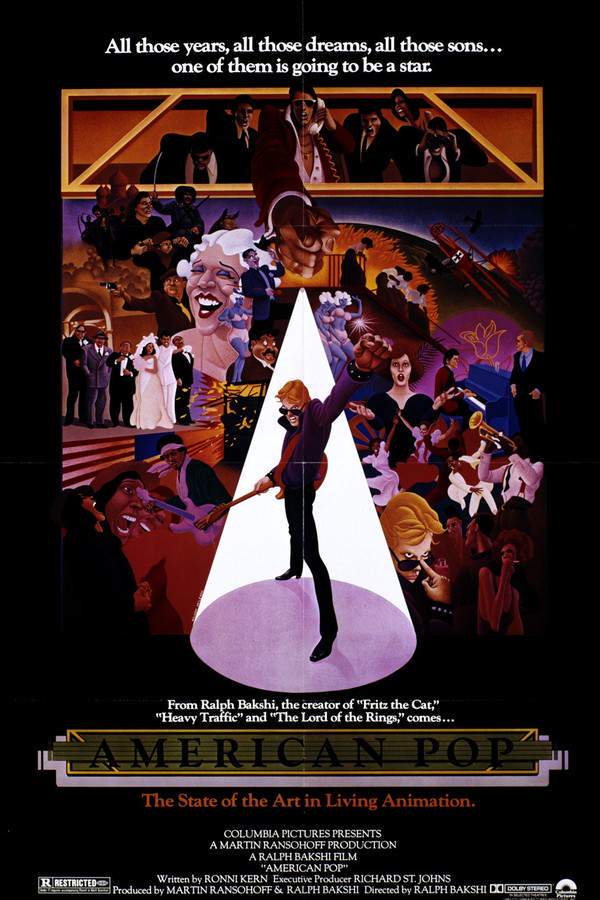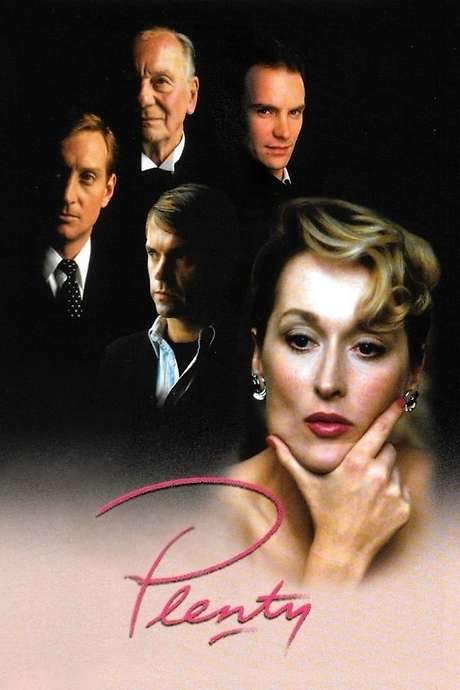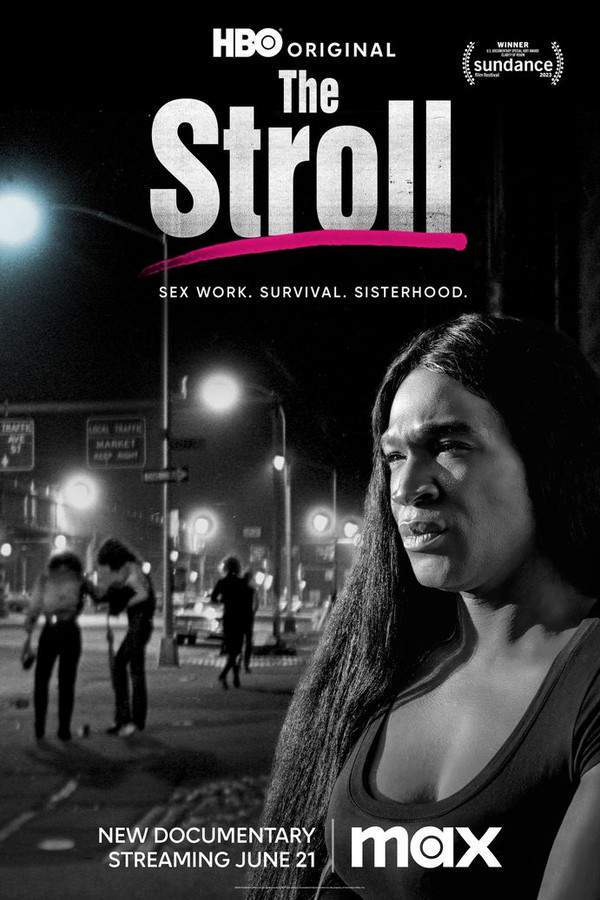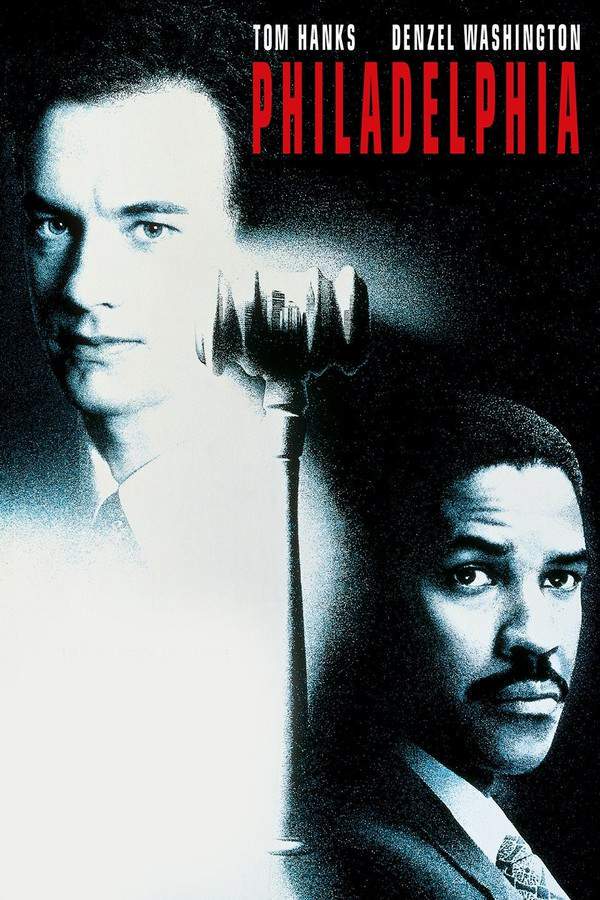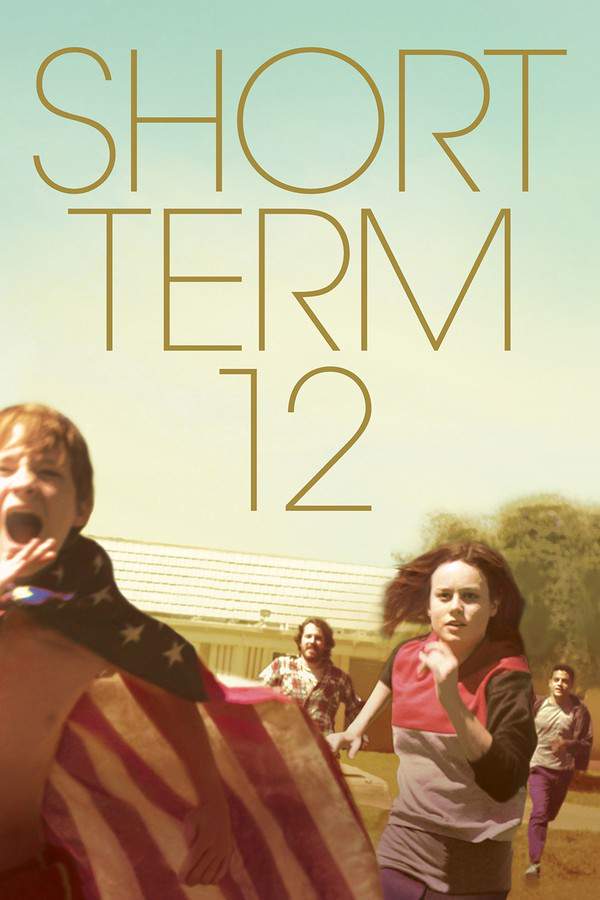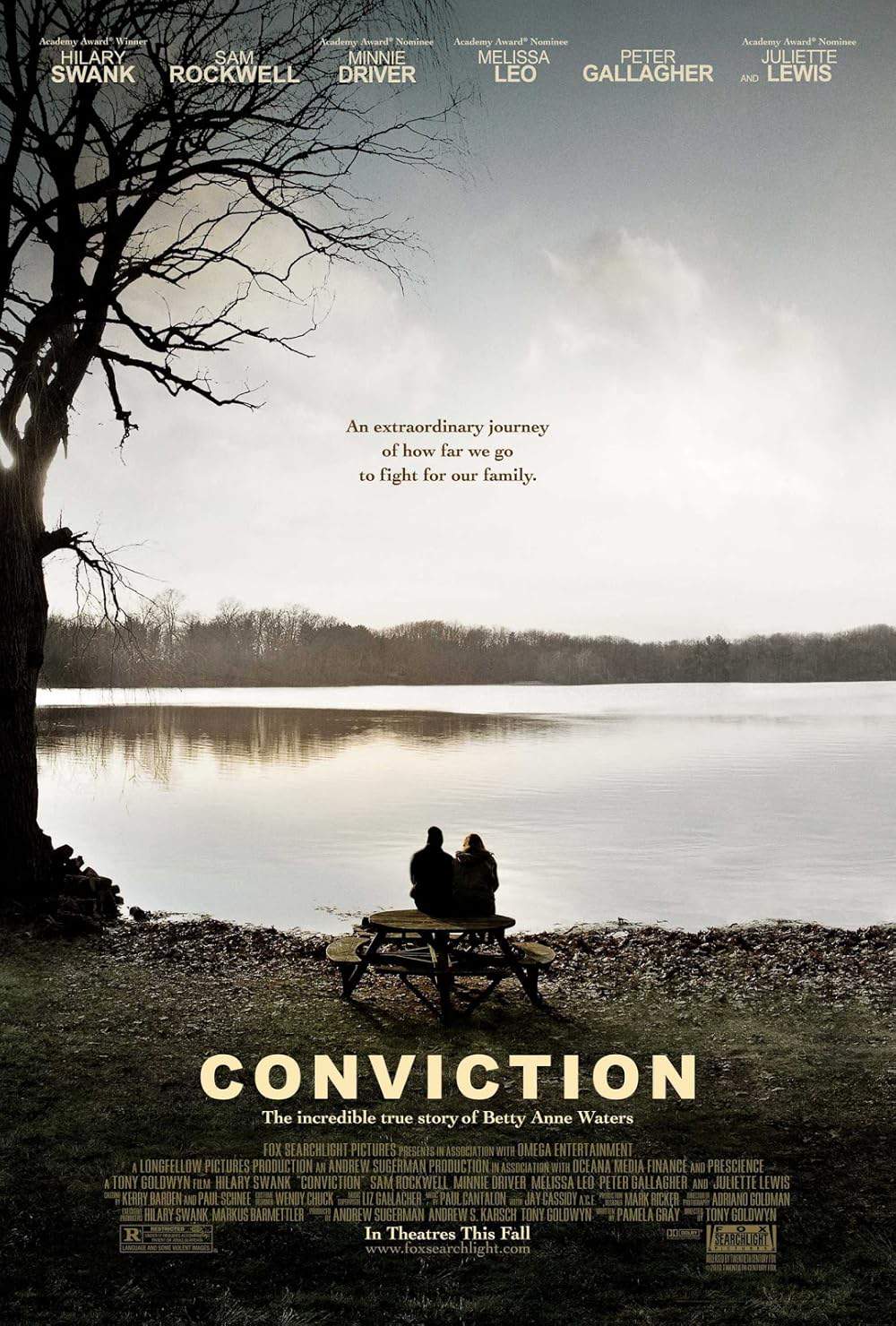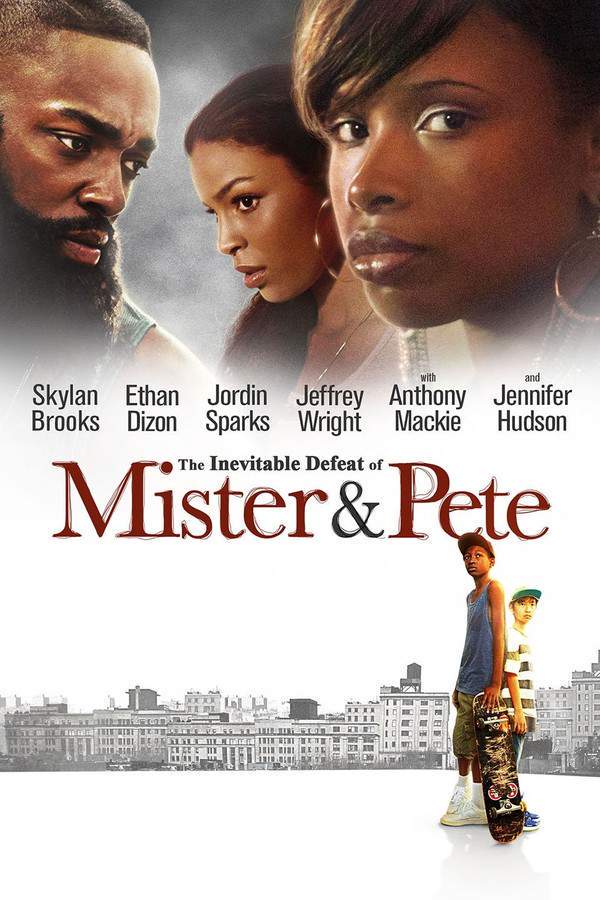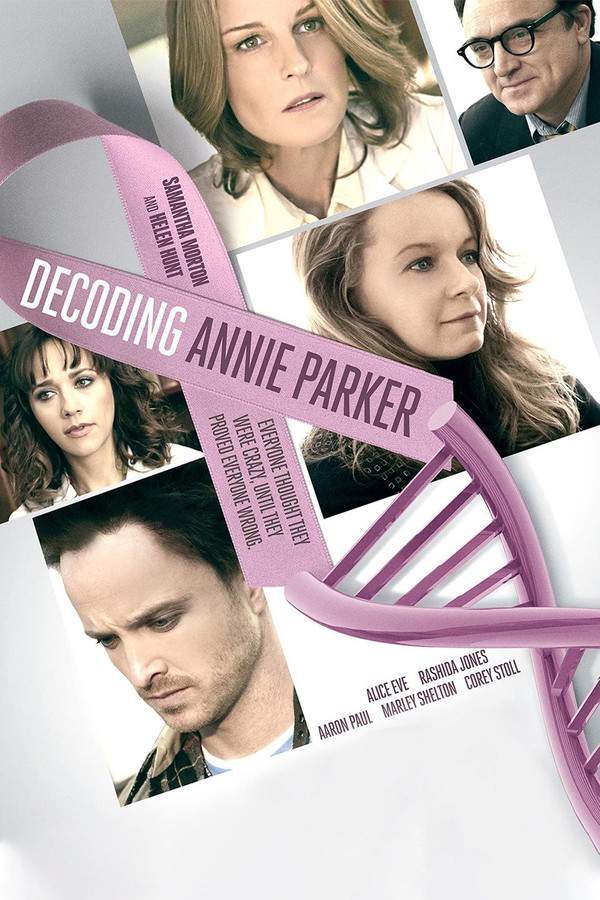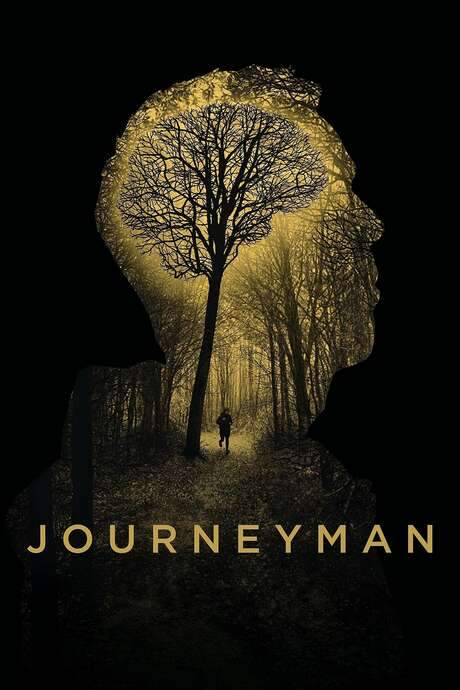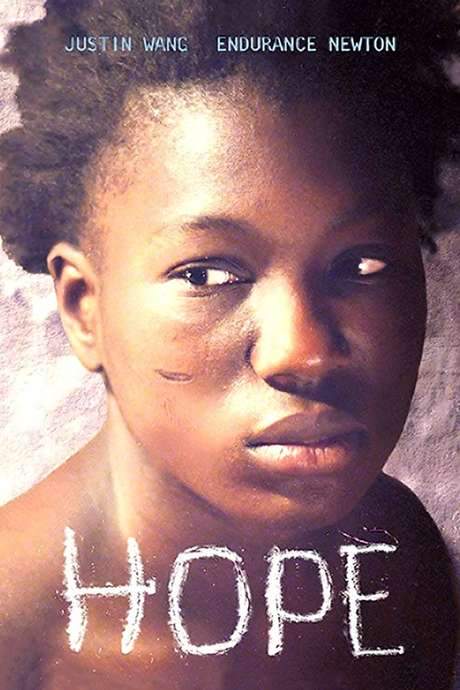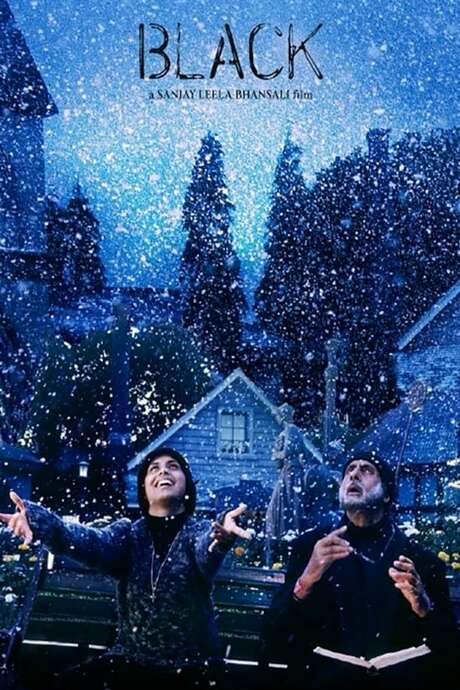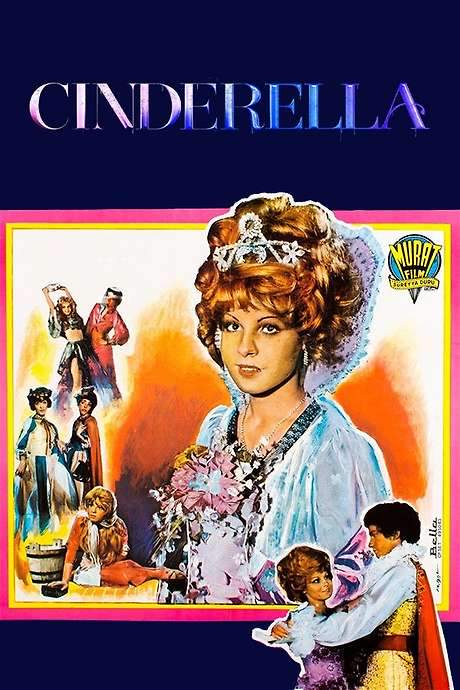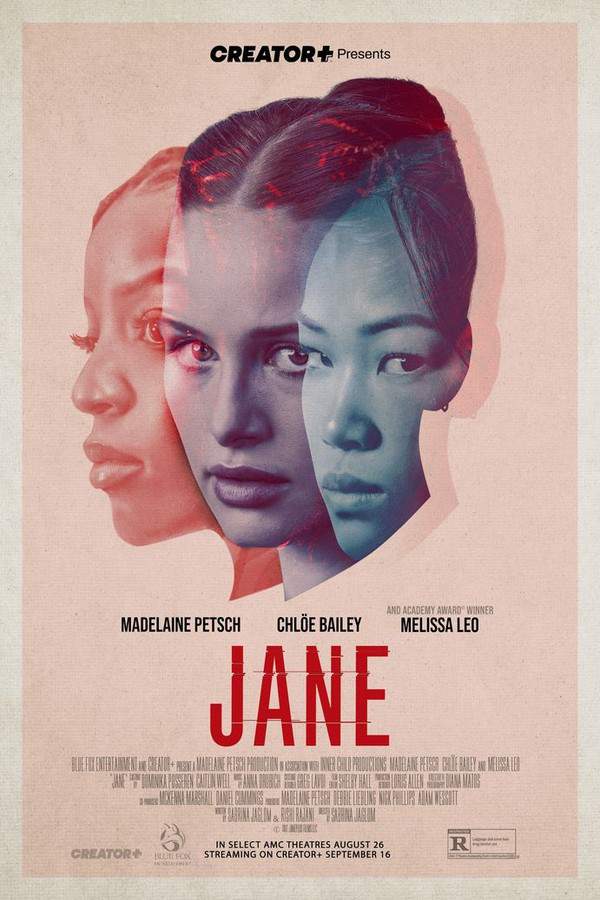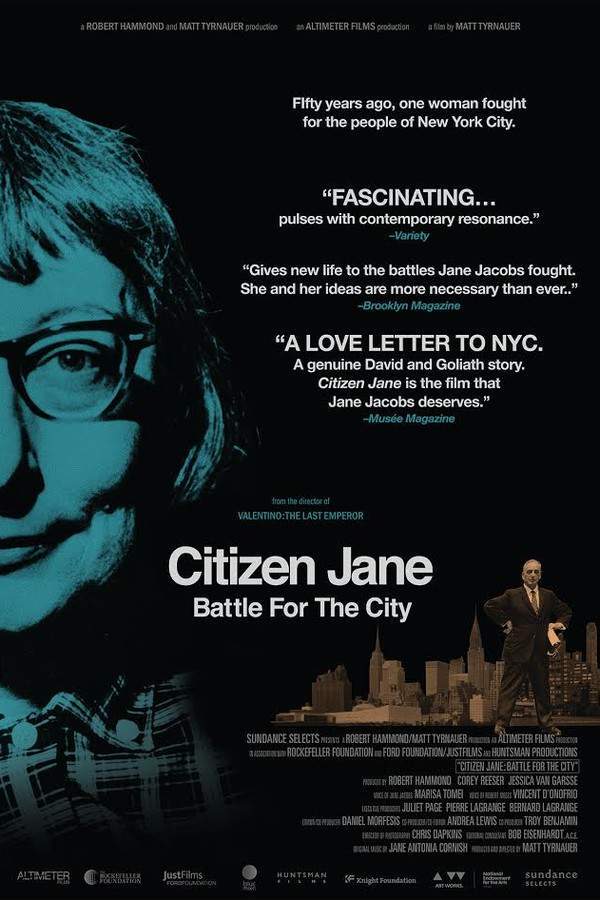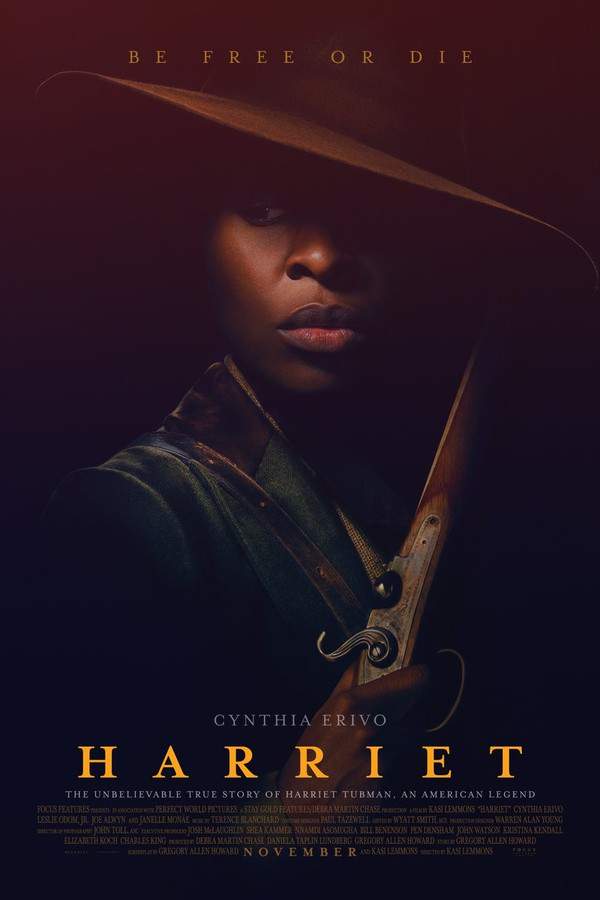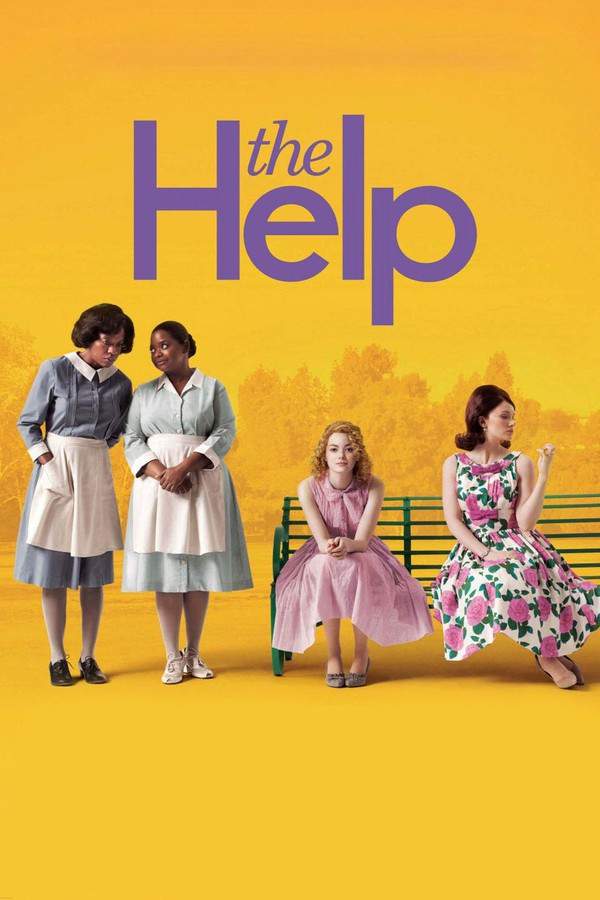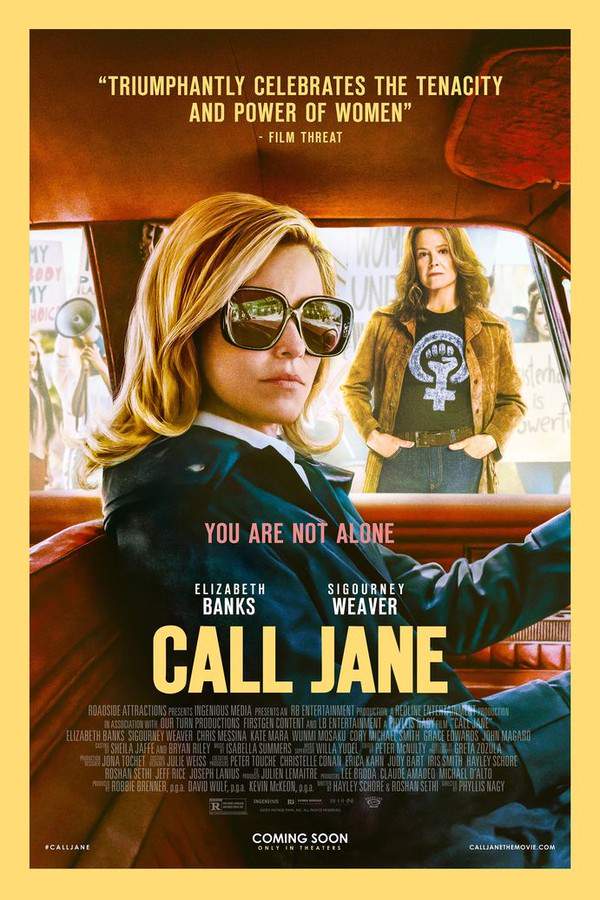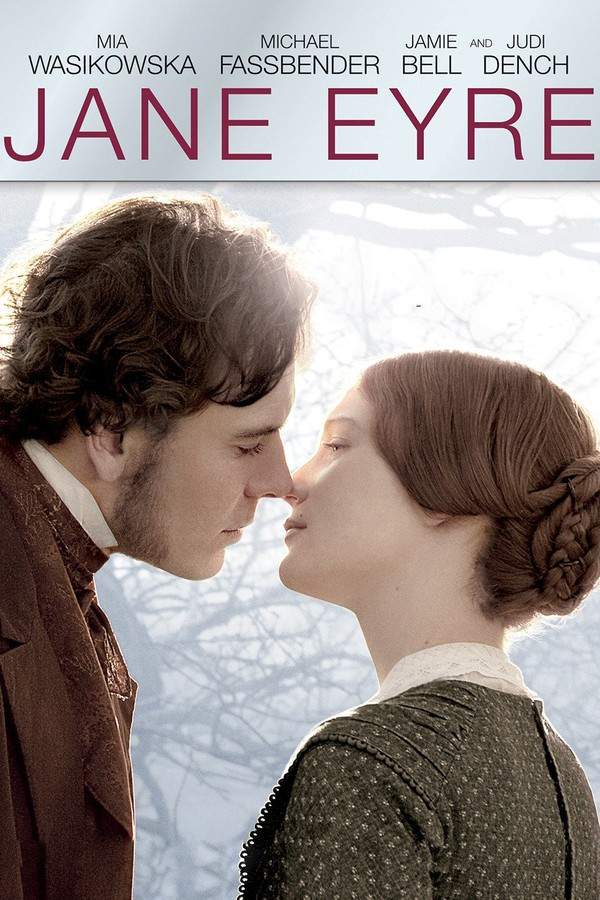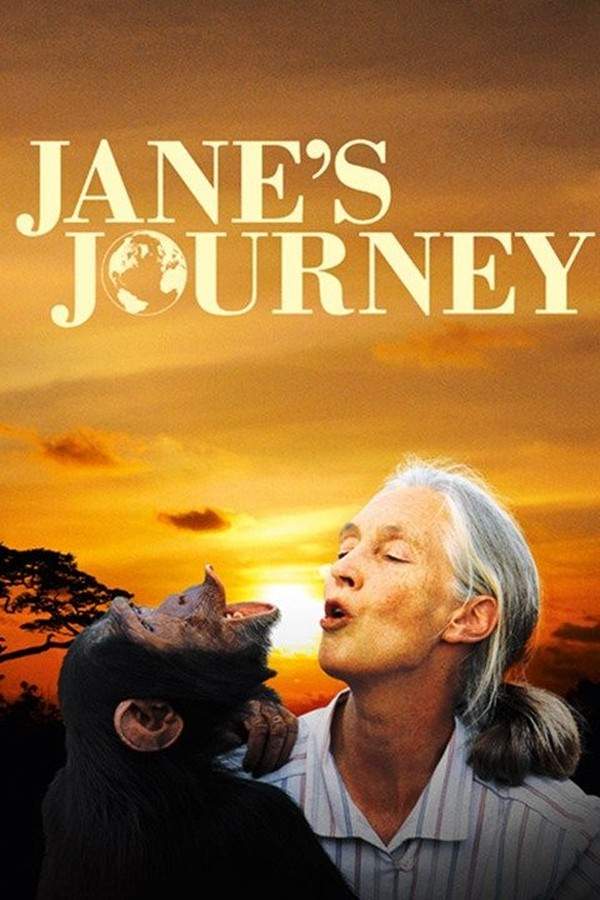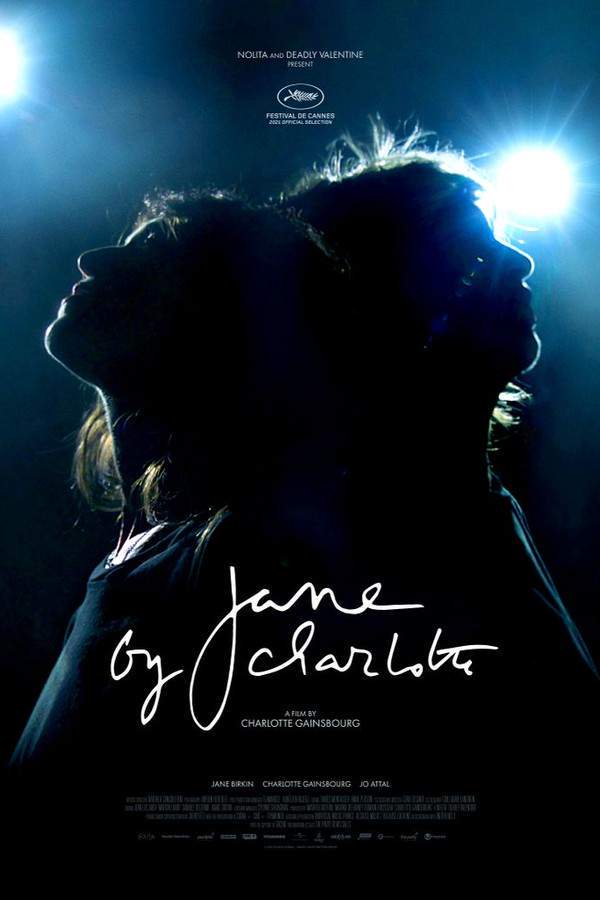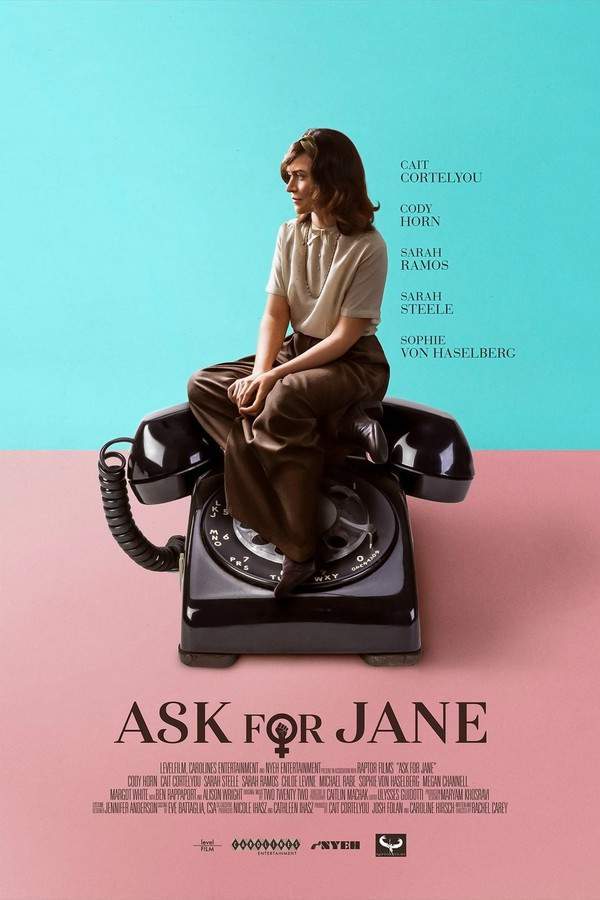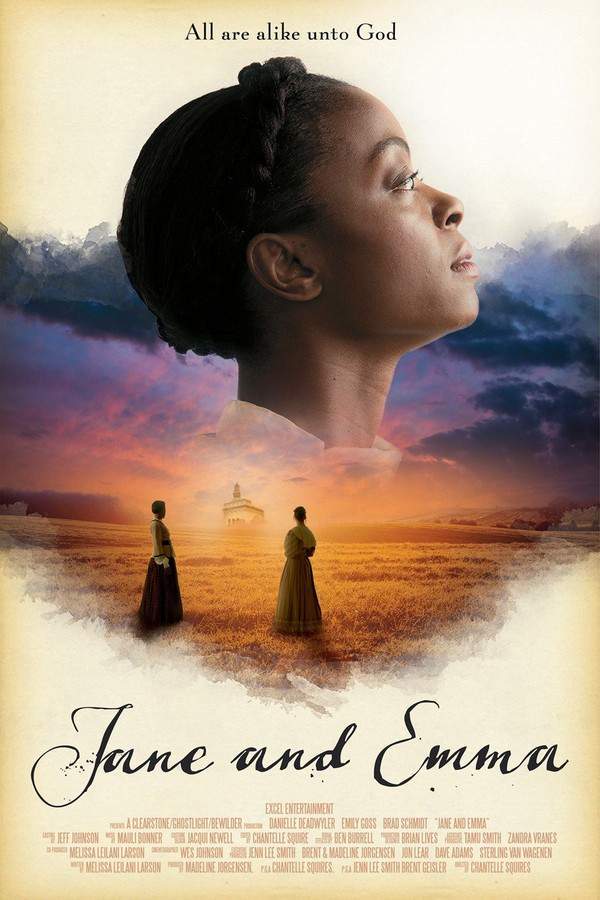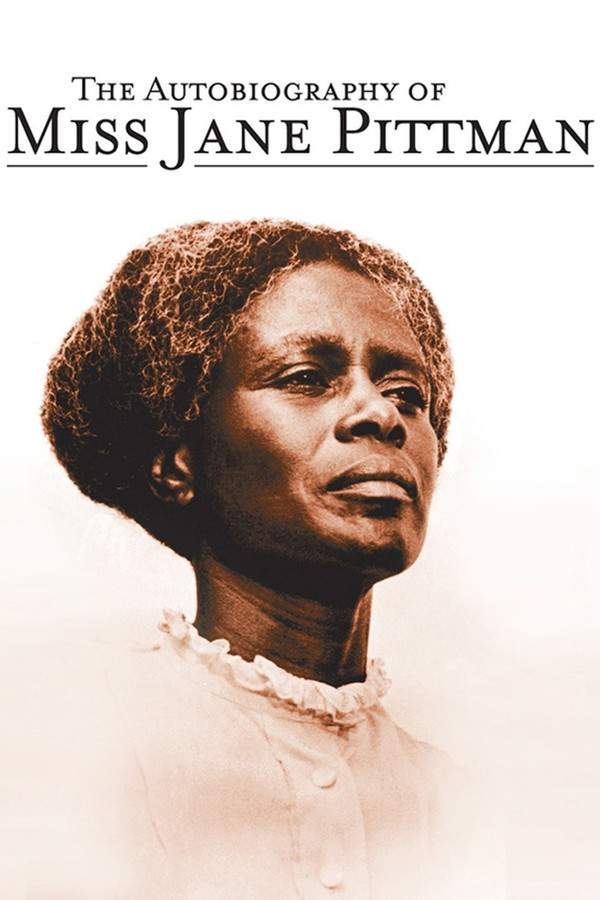
The Autobiography of Miss Jane Pittman
Year: 1974
Runtime: 110 min
Language: English
Director: John Korty
Through the eyes of 110-year-old Jane Pittman, this powerful story traces a life spanning over a century, from the era of slavery to the Civil Rights Movement. Witnessing firsthand the injustices of the 1960s and the hope for a brighter future, Jane's experiences reveal a profound journey of survival, courage, and unwavering hope in the face of unimaginable hardship and systemic oppression. Her recollections offer a poignant reflection on American history and the enduring strength of the human spirit.
Warning: spoilers below!
Haven’t seen The Autobiography of Miss Jane Pittman yet? This summary contains major spoilers. Bookmark the page, watch the movie, and come back for the full breakdown. If you're ready, scroll on and relive the story!
The Autobiography of Miss Jane Pittman (1974) – Full Plot Summary & Ending Explained
Read the complete plot breakdown of The Autobiography of Miss Jane Pittman (1974), including all key story events, major twists, and the ending explained in detail. Discover what really happened—and what it all means.
In February 1962, within the rustic confines of a cabin situated on the sharecroppers’ quarters of the Samson property in Louisiana, a small group of close friends gathers to serenade Miss Jane Pittman (Cicely Tyson) with the soulful notes of Happy Birthday. Today marks a significant milestone, as she joyously blows out her candles, celebrating an astonishing 110 years of life. Amidst the festivities, she turns to her dear friend, Lena (Beatrice Winde), asking, “You gonna be with me here this time next year, Lena?” to which Lena replies with heartfelt optimism, “God willing.”
As the day unfolds, two young men arrive at the door, with Jimmy (Arnold Wilkerson), identified as Lena’s son, among them. They request a moment of privacy to discuss a pressing matter with Miss Jane. Moving to the porch, they reveal their intention to have a young girl sip from the White folks’ fountain in front of the courthouse, a symbolic act of defiance against the oppressive rules of segregation—an act that could lead to undesirable consequences. They wish for Miss Jane to join them, believing her presence would inspire the protesters. However, unwavering, she confesses that she will wait for a divine sign from God.
In the midst of these discussions, a White journalist, Quentin Lerner (Michael Murphy), approaches Miss Jane with the aim of chronicling her extraordinary life for a magazine, intrigued by her origins as a former slave. Miss Jane thoughtfully replies that she will make her decision on the matter tomorrow.
The following day, as Jimmy and a small cadre of protesters make their way to the courthouse, they witness a stark reality; sheriff’s deputies obstruct the girl’s attempts to drink from the fountain, escalating tensions into arrests but fortunately sparing any severe injuries. Driven by his journalistic instincts, Lerner returns to Miss Jane’s abode, where the radio announces the events transpiring at the courthouse and refers disparagingly to those involved as “Negro agitators.” As Lerner expresses an eagerness to hear Miss Jane’s life story, she cheekily inquires, “How far back do you want to go?”
The narrative then delves into a poignant flashback to the Civil War era, where a young Ticey (Valerie Odell), a slave girl, is forced to fetch water for Confederate soldiers. Amidst the chaos, she encounters Union soldiers, particularly Corporal Lewis Brown (Dudley Knight), who bestows upon her the name Jane—a name he insists offers her dignity beyond the shackles of slavery.
As the war concludes, their freedom comes shrouded in uncertainty, with Jane contemplating her future and the path towards Ohio, a journey filled with peril. In the darkness of one tragic night, Jane witnesses the brutality inflicted upon her community, as a patroller’s blitz leads to the slaughter of her loved ones. After this horrific event, Jane cradles the very stones used to ignite their last warmth, symbolizing resilience and remembrance.
The narrative sweeps across time, illustrating Jane’s relentless pursuit of a better life, her devotion to teaching and organizing, and the continuous struggle against the injustices of racism. It paints a vivid picture of her life on the Dye plantation, marked by rebirths of hope dashed by the horrors of the Ku Klux Klan’s violence, shaping her character into a beacon of strength for those around her.
Years pass, and Jane grows to understand the meaning of love through her relationship with Joe Pittman (Rod Perry). Tragedy strikes again when Joe’s life is cut short in a tragic accident involving an untamed horse, leaving an indelible mark on Jane’s heart that she carries with her through the decades.
Now a symbol of legacy, Jane’s past melds into the present day, where she finds herself reflecting on her life, burdened by both triumph and despair. As her 110th birthday arrives, Miss Jane remains a cherished elder among the sharecroppers, embodying the struggles and aspirations of her community. With her friend Lena and the new generation represented by young Jimmy, faced with the complexities of the Civil Rights Movement, Jane’s spirit educates them about resilience.
In an emotionally charged climax, despite all warnings, Miss Jane sets out to honor Jimmy’s memory by confronting racial injustices head-on. As she approaches the White Only drinking fountain, the tension thickens; an officer orders her to stop, but she resolutely continues her march, her determination unmistakable. In this courageous act, she sips from the fountain—a bold declaration against oppression. There, she symbolizes her undying spirit and the battles fought for dignity, walking away symbolically with her cane, gliding into the dusk.
The poignant close of her story comes with Lerner’s narration of Jane’s passing, underscoring the impact of her life and the legacy of resistance she leaves behind, painting her not just as a monument of her times, but as a living testament to the relentless quest for justice and equality that continues to resonate. The sun sets behind her, illuminating the journey of a remarkable woman—a journey marked by hardship, triumph, and an indomitable spirit.
Last Updated: January 18, 2025 at 14:36
Explore Movie Threads
Discover curated groups of movies connected by mood, themes, and story style. Browse collections built around emotion, atmosphere, and narrative focus to easily find films that match what you feel like watching right now.
Epic biographical chronicles like The Autobiography of Miss Jane Pittman
Personal stories that unfold across decades of profound social change.Discover movies like The Autobiography of Miss Jane Pittman that trace a character's journey across decades of American history. These similar drama stories use a personal lens to explore major social changes, offering powerful reflections on endurance and legacy.
Narrative Summary
The narrative pattern follows a protagonist's life from youth to old age, structured chronologically to highlight key historical events. The story connects personal milestones like love, loss, and growth with public events like wars, civil rights movements, or economic shifts, creating a tapestry of an individual's life within a nation's story.
Why These Movies?
Movies are grouped here for their shared structure of a long-form biographical narrative set against a historical backdrop. They share a reflective mood, a steady pacing that accommodates the passage of time, and a thematic focus on how individuals are shaped by, and sometimes shape, the world around them.
Movies with bittersweet triumph like The Autobiography of Miss Jane Pittman
Stories where victory is meaningful because the cost was so high.If you liked the heavy but hopeful journey in The Autobiography of Miss Jane Pittman, explore these similar drama stories. They feature characters overcoming great adversity, leading to endings that are bittersweet yet affirming of the human spirit.
Narrative Summary
The narrative follows a protagonist enduring relentless hardship, often stemming from societal injustice. The conflict is external and systemic, creating a high-intensity experience. The arc culminates not in a clean victory, but in a poignant, symbolic act of defiance or a moment of hard-won personal freedom that acknowledges the scars of the journey.
Why These Movies?
This thread groups films that balance a heavy emotional weight with a fundamentally hopeful tone. They share a high-intensity viewing experience, a bittersweet ending feel, and a core theme of resilience. The pacing is often steady, allowing the weight of the struggle to build authentically.
Unlock the Full Story of The Autobiography of Miss Jane Pittman
Don't stop at just watching — explore The Autobiography of Miss Jane Pittman in full detail. From the complete plot summary and scene-by-scene timeline to character breakdowns, thematic analysis, and a deep dive into the ending — every page helps you truly understand what The Autobiography of Miss Jane Pittman is all about. Plus, discover what's next after the movie.
The Autobiography of Miss Jane Pittman Timeline
Track the full timeline of The Autobiography of Miss Jane Pittman with every major event arranged chronologically. Perfect for decoding non-linear storytelling, flashbacks, or parallel narratives with a clear scene-by-scene breakdown.

Characters, Settings & Themes in The Autobiography of Miss Jane Pittman
Discover the characters, locations, and core themes that shape The Autobiography of Miss Jane Pittman. Get insights into symbolic elements, setting significance, and deeper narrative meaning — ideal for thematic analysis and movie breakdowns.

The Autobiography of Miss Jane Pittman Spoiler-Free Summary
Get a quick, spoiler-free overview of The Autobiography of Miss Jane Pittman that covers the main plot points and key details without revealing any major twists or spoilers. Perfect for those who want to know what to expect before diving in.

More About The Autobiography of Miss Jane Pittman
Visit What's After the Movie to explore more about The Autobiography of Miss Jane Pittman: box office results, cast and crew info, production details, post-credit scenes, and external links — all in one place for movie fans and researchers.

Similar Movies to The Autobiography of Miss Jane Pittman
Discover movies like The Autobiography of Miss Jane Pittman that share similar genres, themes, and storytelling elements. Whether you’re drawn to the atmosphere, character arcs, or plot structure, these curated recommendations will help you explore more films you’ll love.
Explore More About Movie The Autobiography of Miss Jane Pittman
The Autobiography of Miss Jane Pittman (1974) Scene-by-Scene Movie Timeline
The Autobiography of Miss Jane Pittman (1974) Movie Characters, Themes & Settings
The Autobiography of Miss Jane Pittman (1974) Spoiler-Free Summary & Key Flow
Movies Like The Autobiography of Miss Jane Pittman – Similar Titles You’ll Enjoy
Jane (2017) Film Overview & Timeline
Citizen Jane: Battle for the City (2017) Story Summary & Characters
Harriet (2019) Complete Plot Breakdown
The Help (2011) Plot Summary & Ending Explained
Call Jane (2022) Full Summary & Key Details
Jane Eyre (2011) Detailed Story Recap
Jane's Journey (2011) Spoiler-Packed Plot Recap
Jane by Charlotte (2022) Movie Recap & Themes
Ask for Jane (2019) Spoiler-Packed Plot Recap
Jane and Emma (2018) Full Movie Breakdown
The Real Jane Austen (2002) Spoiler-Packed Plot Recap
Jane Eyre (1996) Ending Explained & Film Insights
Black Beauty (1000) Full Movie Breakdown
Jane Eyre (1943) Full Summary & Key Details
Jane Eyre (1934) Plot Summary & Ending Explained

